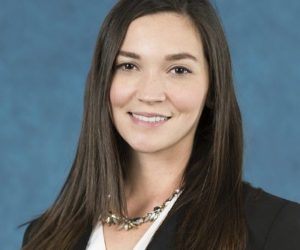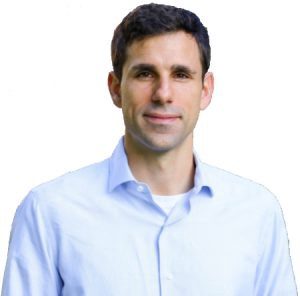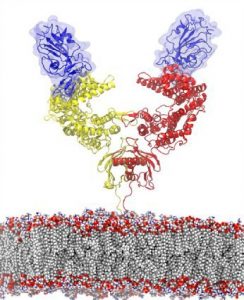The first lecture in the Fall 2020 Penn Bioengineering Seminar Series will be held Thursday, September 10th. All seminars this semester will be held virtually on Zoom.
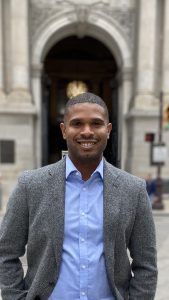
Speaker: Quinton Smith, Ph.D.
Postdoctoral Fellow
Laboratory for Multiscale Regenerative Technologies
Massachusetts Institute of Technology
Date: Thursday, September 10, 2020
Time: 3:00-4:00 pm
Zoom – check email for link or contact ksas@seas.upenn.edu
Title: “Stem Cell Fate is a Touchy Subject”
Abstract:
The success of regenerative cell therapy relies on the integration of a functional vascular system within the redeveloping tissue, to mediate the exchange of oxygen, nutrients and waste. Although the advent of human induced pluripotent stem cells (hiPSCs) has accelerated progress towards this goal, owing to their potential to generate clinically relevant scales of patient-specific cells, techniques to drive their specification mainly rely on chemical cues. In this seminar, I will discuss engineering strategies to control the complex stem cell extracellular milieu, emphasizing the importance of mechanical cues during hiPSC development, specification and downstream functionality as it relates to vascular differentiation.
Bio:
Quinton Smith received his PhD in Chemical and Biomolecular Engineering from Johns Hopkins University in 2017 after completing his bachelor’s degree in Chemical Engineering from the University of New Mexico. As a graduate student under the guidance of Dr. Sharon Gerecht, Quinton implemented various engineering tools to explore the roles of physical and chemical cues on stem cell lineage specification and downstream maturation. Dr. Smith is currently a postdoctoral fellow under the mentorship of Dr. Sangeeta Bhatia at MIT’s Koch Institute for Integrative Cancer Research, where he is investigating the role biliary epithelium in liver regeneration. Dr. Smith’s predoctoral work was supported by an NIH/NHLBI F-31 and NSF Graduate Research Fellowship. He is a recipient of the 2017 Siebel Scholar award, and most recently joined the class of 2018 HHMI Hanna Gray Fellows.
See the full list of upcoming Penn Bioengineering fall seminars here.

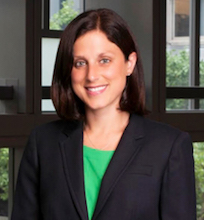
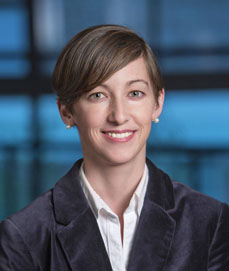
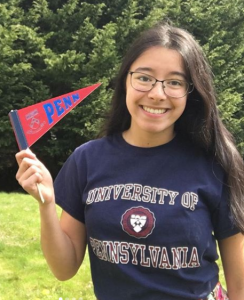
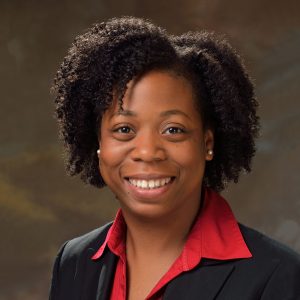
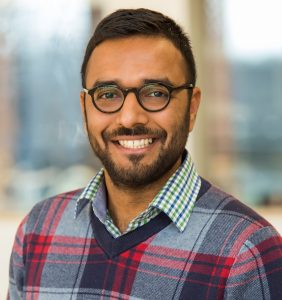
 Penn’s brainSTIM center will study neuromodulation to repair and enhance human brain functio
Penn’s brainSTIM center will study neuromodulation to repair and enhance human brain functio